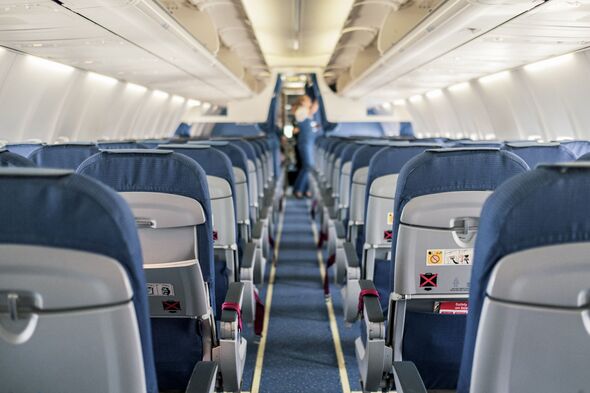What causes turbulence?
Turbulence can be caused by physical obstacles on the ground such as mountains or buildings. According to National Geographic, the air can sometimes find itself with nowhere to go up but up, disrupting planes above.
Turbulence can also be caused by other passing aircraft which trigger the occurrence of different wind velocities as air coming off another plane decelerates.
In recent years, scientists have also discovered that thunderstorms can also create turbulence in patches of air far away from where the weather system is occurring. It can also be caused by warm air passing through cooler air.
Each of these factors can trigger what is known as CAT (clear air turbulence), the least predictable type of turbulence.
Can turbulence bring a plane down?
In serious cases, turbulence can bring an aircraft down, but it is very unlikely to be the sole reason for an accident.
While the likelihood of turbulence bringing a plane down is unlikely, there is still a risk of people on board being injured, but this varies from incident to incident.
Speaking to the Express about what happens to an aircraft during turbulence travel expert Rosie Panter said: “Modern aircraft are all ‘stress-tested’ to ensure they endure the most severe situations in the air.
“This means that no plane in recent years has been brought down due to turbulence and it is a nuisance more than anything. Planes are well equipped for all big jolts from turbulence, even when it feels like it’s dropped hundreds of feet.
“This is often caused by changes in air pressure, jet streams, or even changes in external temperatures, all of which the plane can handle with ease.”
